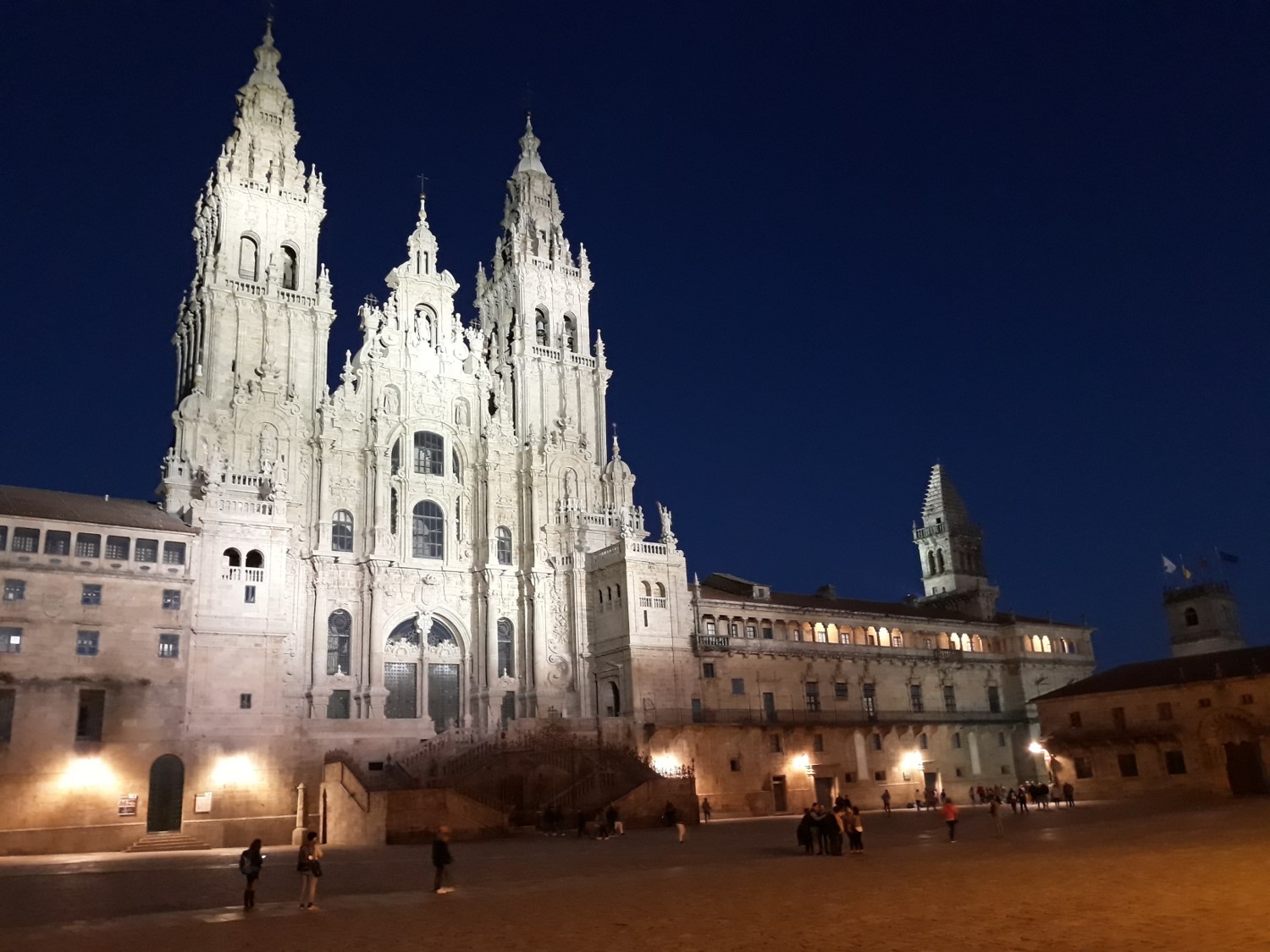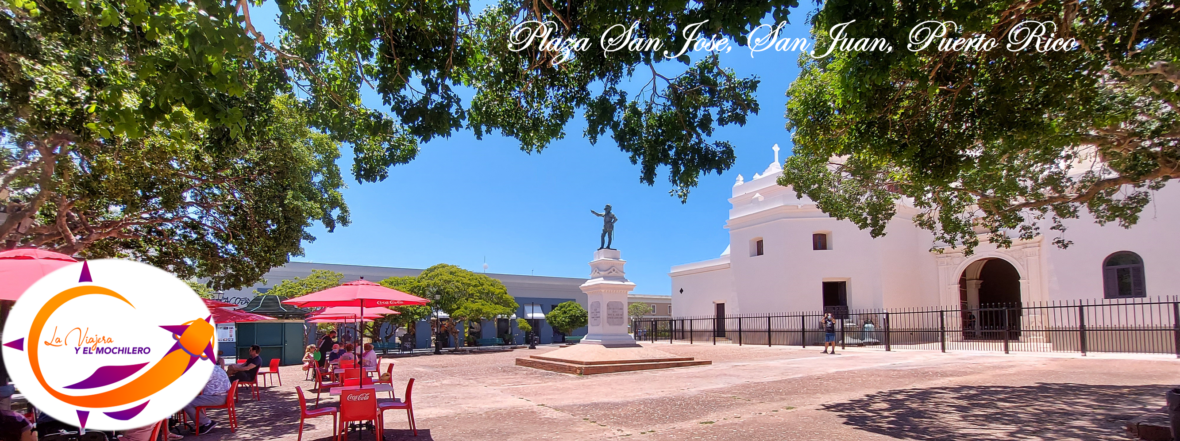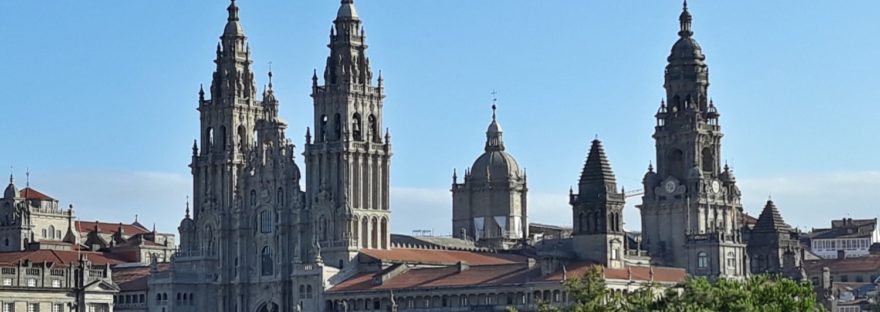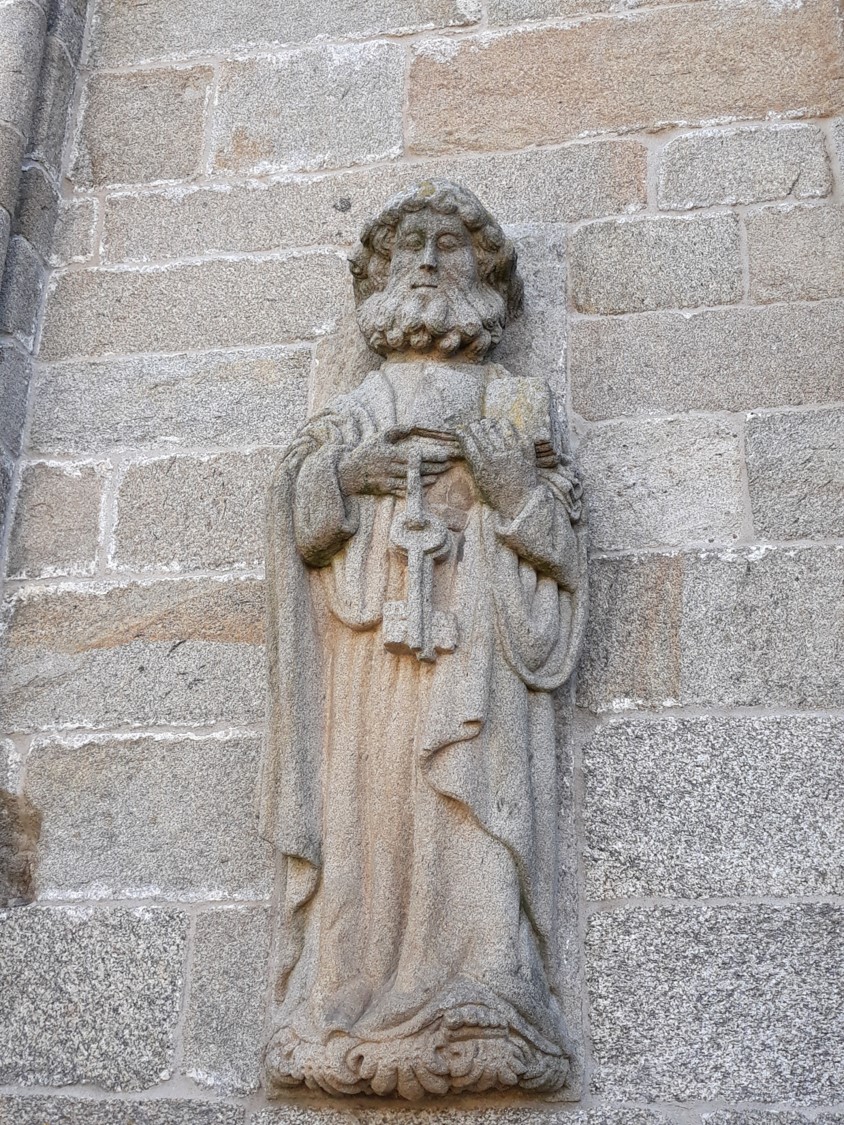 The Holy Apostolic and Metropolitan Cathedral Church of Santiago of Compostela is the home of the tomb of the Apostle Santiago (James the Apostle), known as “Santiago el Mayor” , besides marking the end of the pilgrimages along the Ways of “Santiago”.
The Holy Apostolic and Metropolitan Cathedral Church of Santiago of Compostela is the home of the tomb of the Apostle Santiago (James the Apostle), known as “Santiago el Mayor” , besides marking the end of the pilgrimages along the Ways of “Santiago”.
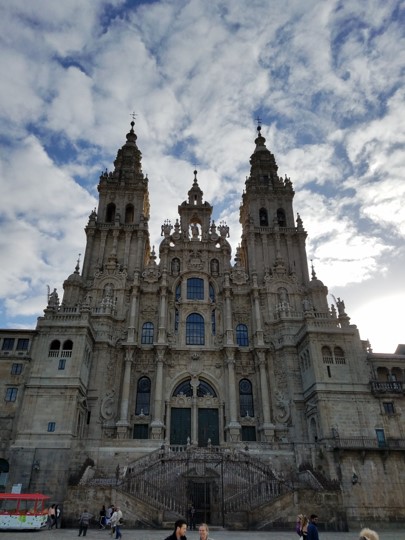
According to the story, the Apostle James spread the good news of Christ throughout the Iberian Peninsula. However, upon his return to Jerusalem, he was beheaded and his remains moved to Galicia. The legend tells that the hermit Pelayo, discovers the tomb of the apostle in the year 814 when seeing some strange lights in the night. Bishop Teodomiro de Iria declares the event as a miracle and King Alfonso II of Asturia orders the construction of a chapel in the holy place. After a short time it is replaced with a church and the pilgrimages to the holy place begin. However, the temple was destroyed by Almanzor who was in charge of the army of the Caliph of Cordoba and the invasion of the Moors to the north of the peninsula.
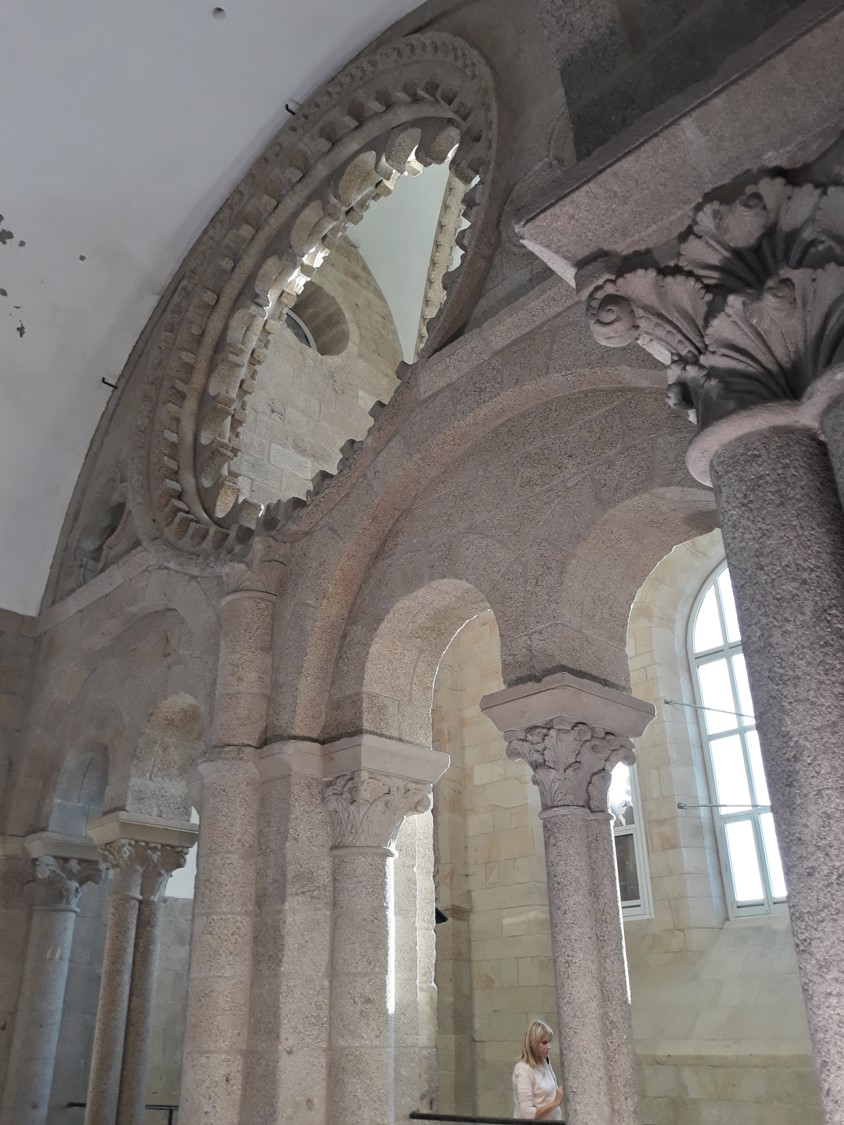
In the year 1075, after the reconquest of the city by the Christians of León and Castilla, the construction of the Cathedral begins following the plans of the French Church, “San Sernín de Toulouse” of Romanesque style. The material used in its construction was granite. Initially, the main works were completed in 1122 and the Cathedral was consecrated in 1128.
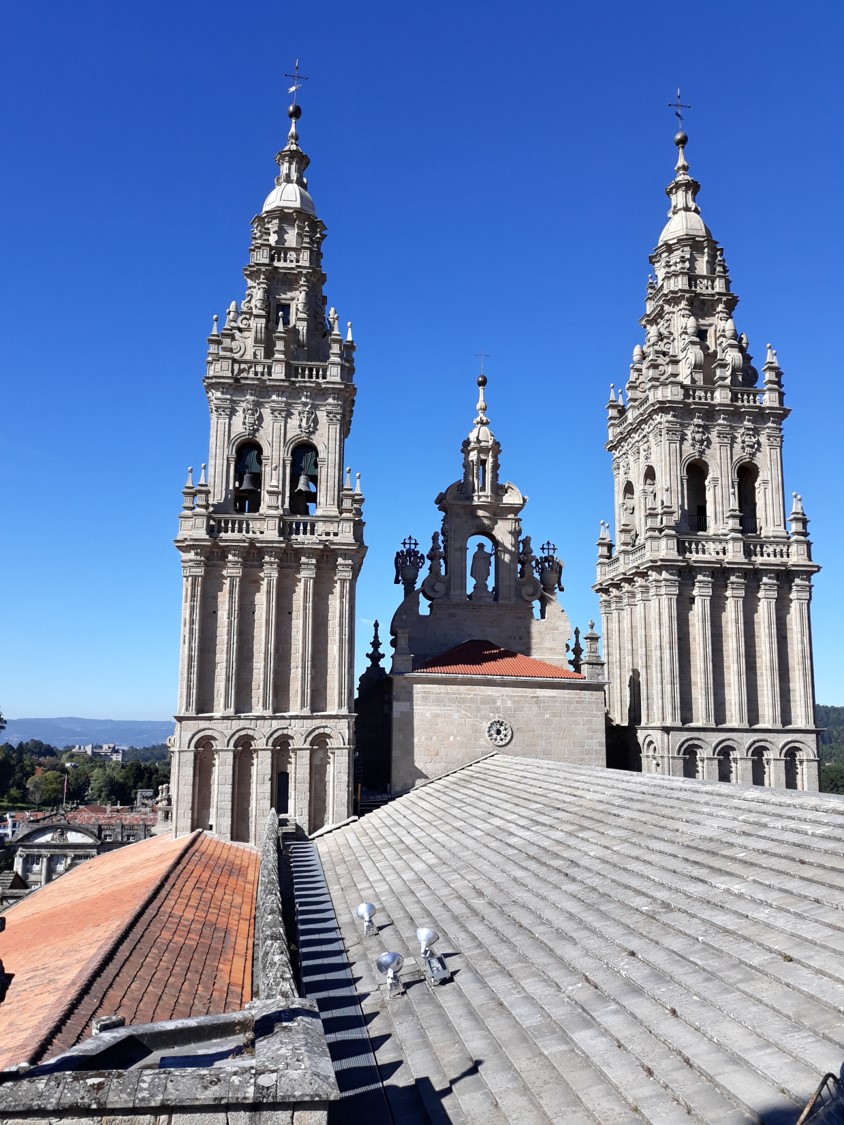
In 1168 begins the last stage of construction by the Master Builder Mateo who is commissioned the crypt and the “Portico de la Gloria” (Gateway to Heaven). The Cathedral continued to be enlarged between the 16th and 18th centuries. As of today, in the 21st century, the restoration works of the Cathedral of Santiago are still underway, in order to be able to enjoy it for many more years.
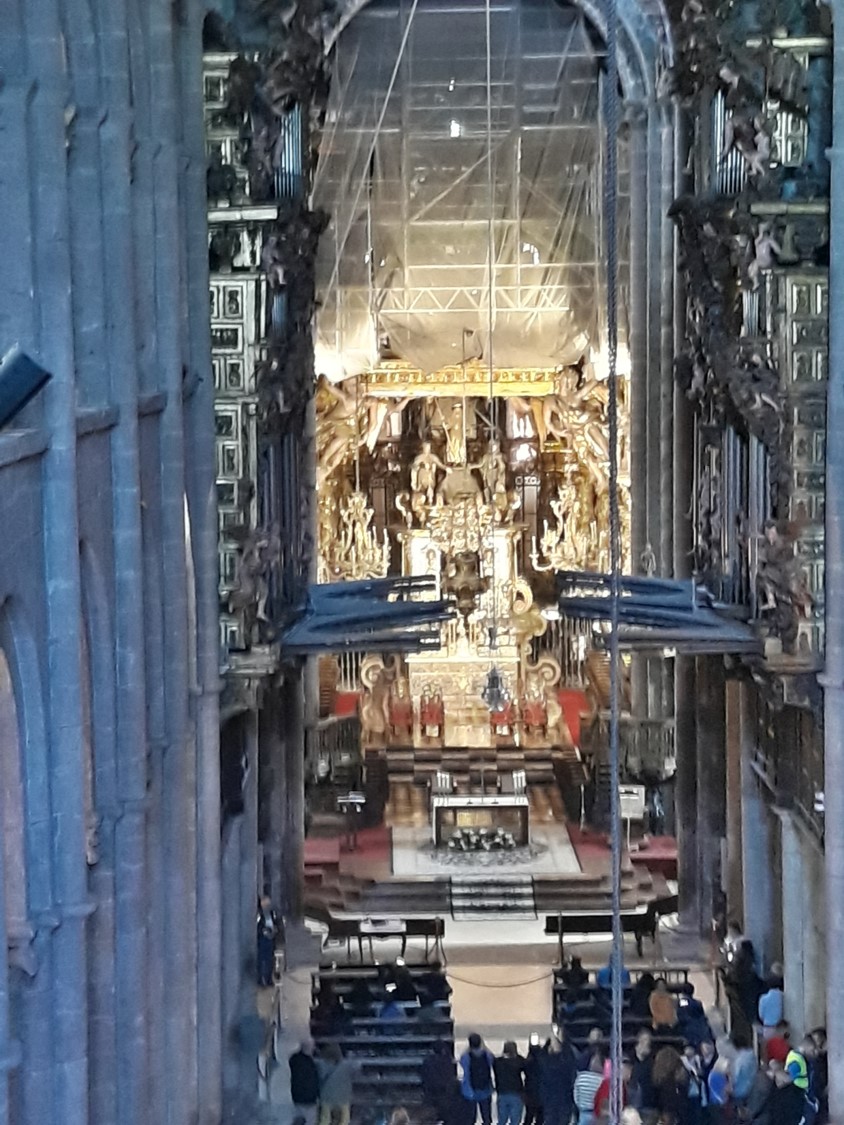
The interior of the Cathedral consists of the ground floor in Latin cross with three naves. The old Roman style dome was replaced by a Gothic one that is currently appreciated. Behind the main altar, is the ambulatory that consists of several absidal Romanesque chapels. A second floor demarcates the Latin cross of the temple.
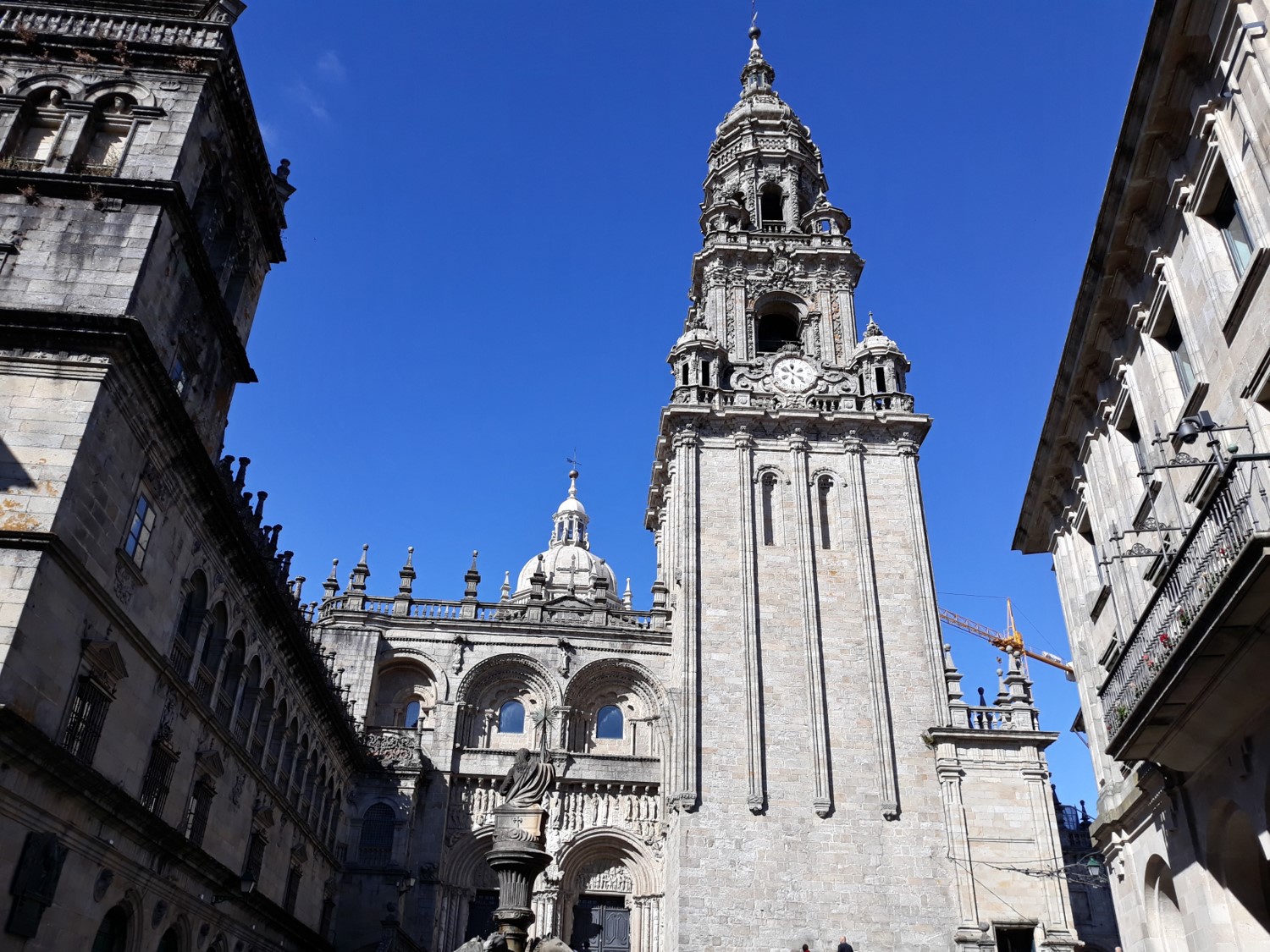
The exterior of the cathedral is equally impressive with its facades of “Obradoiro, Platerías, Azabachería” and “Quintana”. Attached to and flanking the Cathedral are the cloister and the Palacio de Gelmírez.
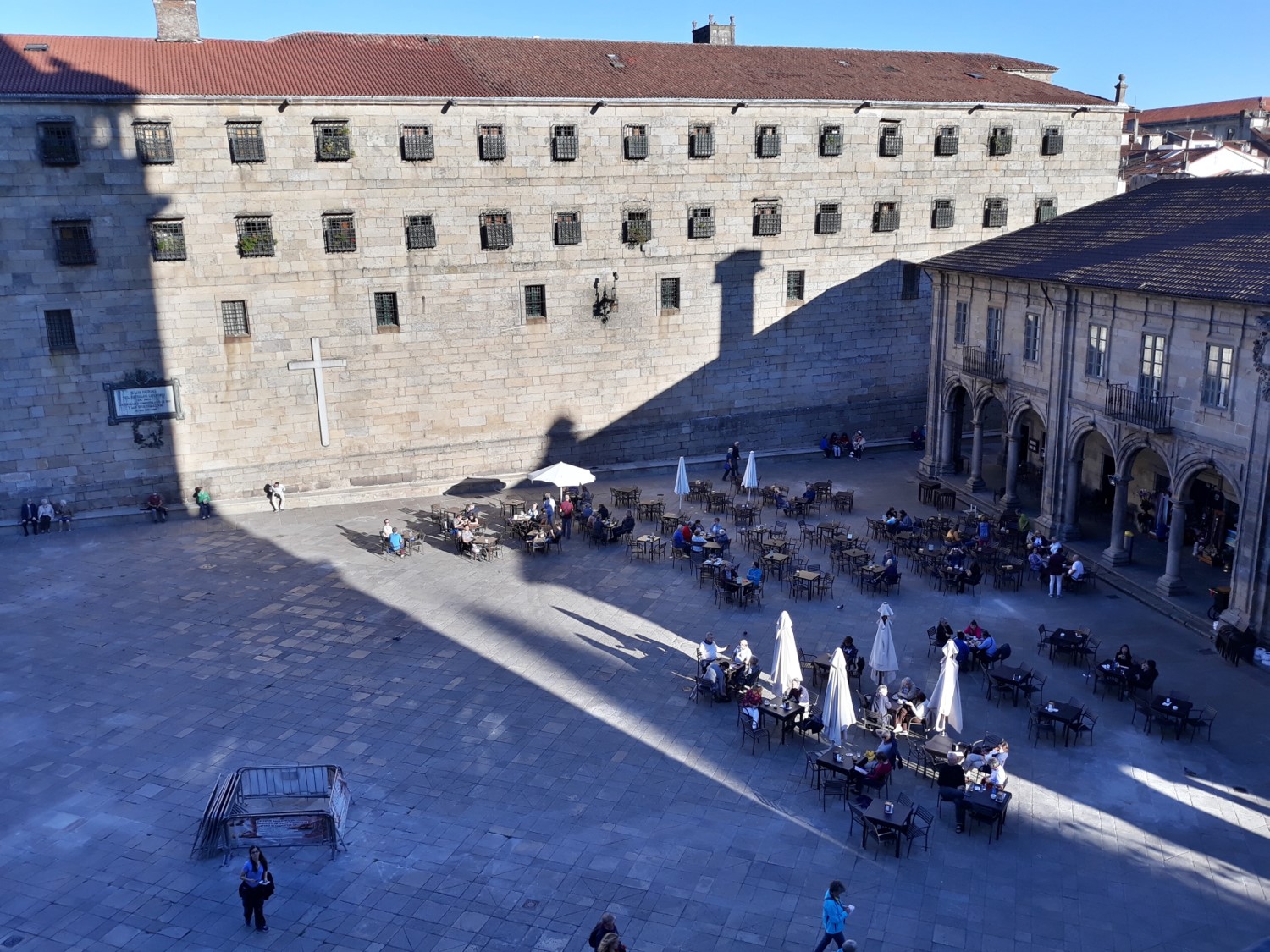
Describing our tours of the cathedral, its details, beauty, history, would result in an interminable manuscript. Therefore, we can only say that it is an experience that must be lived. Once lived, re-live it.
